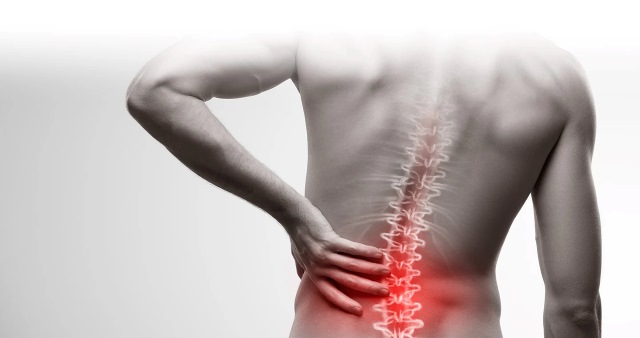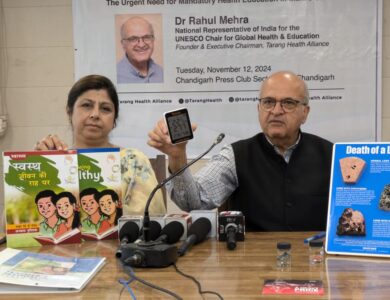Non-Surgical Treatments for Chronic Back Pain: Finding Relief Without Going Under the Knife

Chronic back pain can be debilitating, affecting millions of people worldwide. It can limit mobility, decrease productivity, and significantly impact overall quality of life. While surgery may seem like the only option for finding relief, there are non-surgical treatments available that can effectively manage and alleviate chronic back pain. In this article, we will explore the reasons behind back pain, and non-surgical solutions, and provide data on the prevalence and impact of back pain.
Understanding the Causes of Back Pain
Back pain can be caused by a variety of factors, including muscle strains, herniated discs, spinal stenosis, osteoarthritis, and even poor posture. Identifying the underlying cause is crucial in determining the most appropriate treatment approach. Consulting with a healthcare professional is essential to accurately diagnose the cause of back pain and develop an effective treatment plan.
Non-Surgical Treatment Options
1. Physical Therapy: Physical therapy is often recommended as a first-line treatment for chronic back pain. It focuses on strengthening the muscles supporting the spine, improving flexibility, and correcting posture. Physical therapists use a combination of exercises, stretches, and manual techniques to reduce pain and restore function.
2. Medications: Over-the-counter pain relievers, such as nonsteroidal anti-inflammatory drugs (NSAIDs), can provide temporary relief from back pain. In some cases, prescription medications, including muscle relaxants or opioids, may be prescribed to manage severe pain. However, it is important to use medications under the guidance of a healthcare professional to avoid potential side effects and dependency.
3. Injections: Corticosteroid injections are commonly used to alleviate back pain by reducing inflammation around the affected area. These injections can provide temporary relief and are often used in conjunction with other non-surgical treatments, such as physical therapy.
4. Chiropractic Care: Chiropractic care focuses on the alignment of the spine and musculoskeletal system. Chiropractors use manual adjustments and other techniques to relieve pain, improve mobility, and promote overall wellness. This non-invasive approach can be particularly beneficial for certain types of back pain, such as those caused by spinal misalignment.
5. Acupuncture: Acupuncture, an ancient Chinese practice, involves inserting thin needles into specific points on the body to stimulate energy flow and promote healing. Many individuals find relief from chronic back pain through acupuncture sessions, which can help reduce pain, improve circulation, and release tension in the muscles.
Data on Back Pain
According to the Global Burden of Disease Study, back pain is one of the leading causes of disability worldwide. It affects people of all ages and can have a significant impact on their daily lives. In the United States alone, it is estimated that up to 80% of adults will experience back pain at some point in their lives.
Back pain not only affects individuals physically but also emotionally and financially. It can lead to decreased productivity at work, increased healthcare costs, and reduced overall quality of life. Seeking non-surgical treatments for chronic back pain can help individuals regain control over their lives and improve their overall well-being.
Chronic back pain can be a challenging condition to live with, but surgery is not always the only solution. Non-surgical treatments, such as physical therapy, medications, injections, chiropractic care, and acupuncture, can provide effective relief and help individuals manage their pain without going under the knife. Consulting with a healthcare professional is crucial in determining the most appropriate treatment plan based on the underlying cause of back pain. With the right approach, individuals can find relief and regain their quality of life.








